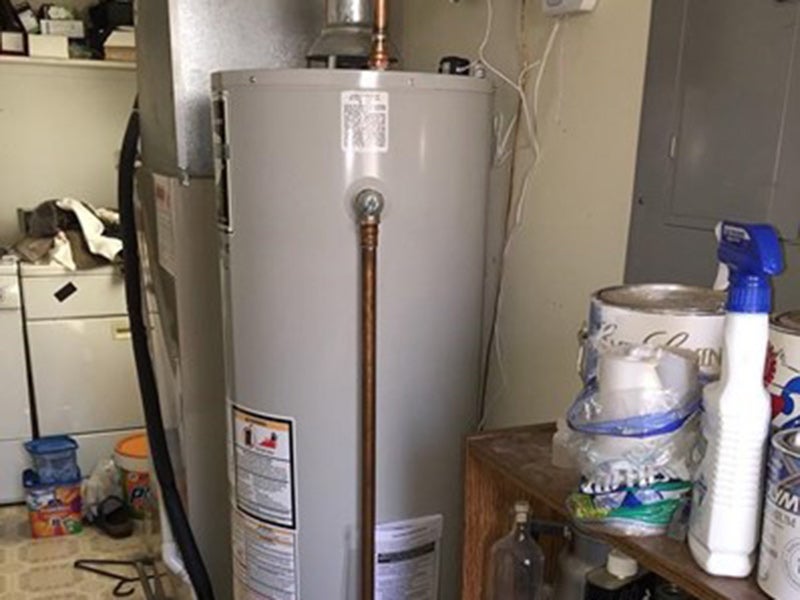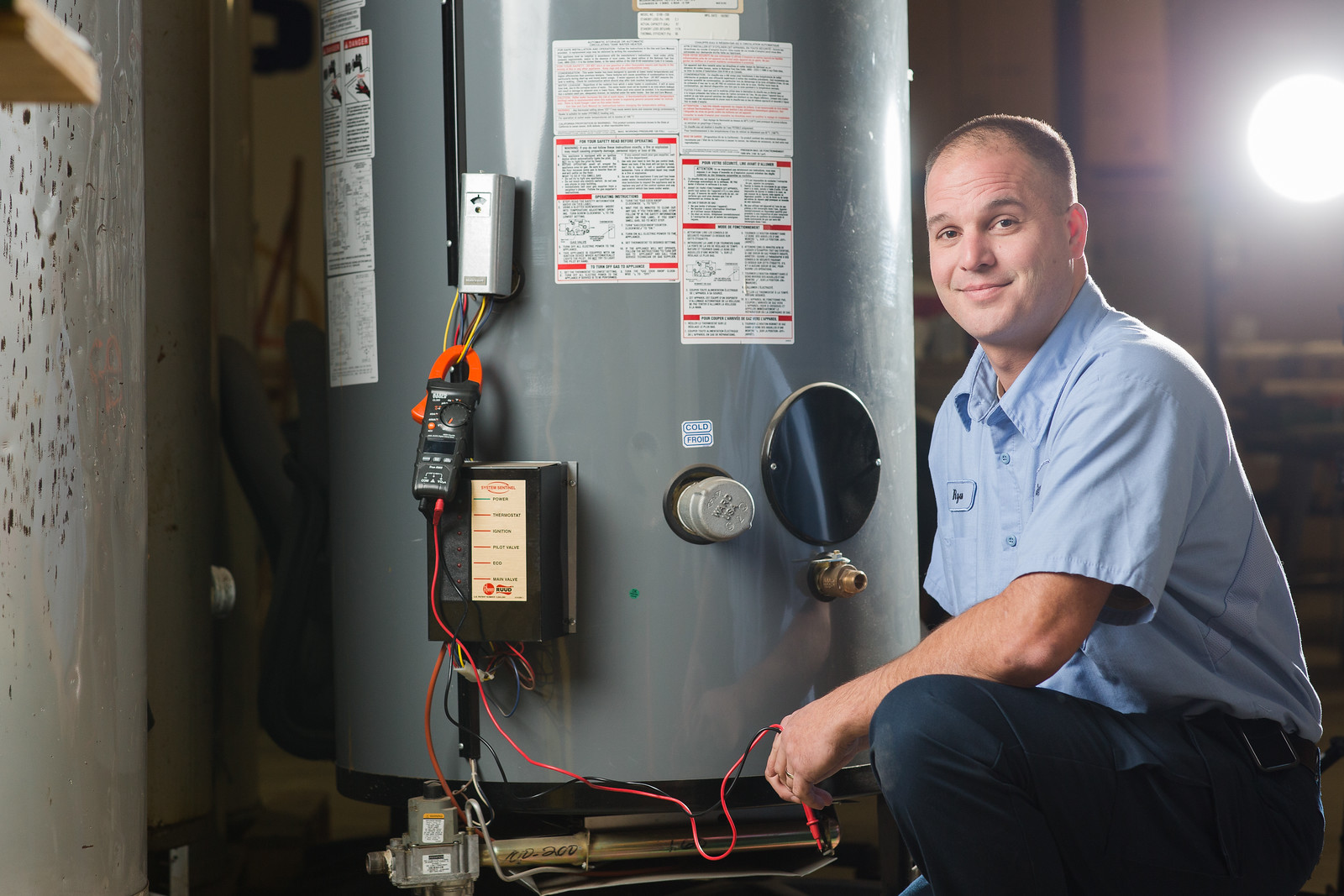Ways to Extend the Life of Your Home's Hot Water System Through MaintenanceWays to Maintain Your Home's Hot Water System Functioning Well
Ways to Extend the Life of Your Home's Hot Water System Through MaintenanceWays to Maintain Your Home's Hot Water System Functioning Well
Blog Article
Almost everyone is bound to have their unique perception when it comes to What Kind of Maintenance Do Water Heaters Need?.

Hot water is crucial for daily convenience, whether it's for a refreshing shower or washing recipes. To ensure your warm water system runs effectively and lasts much longer, regular upkeep is key. This post gives useful pointers and insights on just how to maintain your home's warm water system to avoid interruptions and pricey repair work.
Intro
Maintaining your home's hot water system may appear challenging, however with a few straightforward actions, you can ensure it runs efficiently for years to find. This overview covers everything from comprehending your warm water system to do it yourself maintenance suggestions and recognizing when to call professional assistance.
Value of Keeping Your Warm Water System
Regular maintenance not just expands the lifespan of your hot water system yet additionally ensures it operates effectively. Disregarding maintenance can result in reduced performance, greater energy expenses, and also early failure of the system.
Indicators Your Hot Water System Needs Upkeep
Recognizing when your hot water system needs interest can stop significant concerns. Keep an eye out for signs such as inconsistent water temperature, unusual sounds from the heating unit, or corroded water.
Purging the Water Heater
Flushing your water heater removes sediment accumulation, enhancing effectiveness and extending its life.
Monitoring and Changing Anode Rods
Anode poles protect against corrosion inside the storage tank. Examining and replacing them when worn out is essential.
Complicated Problems Needing Specialist Aid
Instances consist of significant leakages, electric troubles, or if your hot water heater is continually underperforming.
Regular Specialist Upkeep Perks
Expert maintenance can include extensive evaluations, tune-ups, and guaranteeing compliance with safety standards.
Inspecting and Readjusting Temperature Level Setups
Changing the temperature settings ensures optimal efficiency and safety and security.
Do It Yourself Tips for Maintenance
You can perform several upkeep jobs yourself to keep your hot water system in leading problem.
Checking for Leaks
Regularly check pipes and links for leakages, as these can result in water damage and greater costs.
Comprehending Your Hot Water System
Prior to diving right into maintenance tasks, it's handy to recognize the fundamental components of your warm water system. Normally, this includes the water heater itself, pipelines, anode rods, and temperature controls.
Month-to-month Upkeep Tasks
Regular month-to-month checks can help capture minor issues prior to they escalate.
Examining Pressure Alleviation Valves
Evaluating the pressure safety valve ensures it operates properly and prevents too much pressure build-up.
Protecting Pipes
Protecting warm water pipes lowers warm loss and can conserve energy.
When to Call a Specialist
While DIY upkeep is useful, some issues need specialist competence.
Verdict
Routine upkeep of your home's hot water system is essential for efficiency, long life, and cost financial savings. By following these pointers and knowing when to look for professional assistance, you can ensure a trustworthy supply of warm water without unexpected disturbances.
How to Maintain an Instant Hot Water Heater
Before tinkering with your hot water heater, make sure that it’s not powered on. You also have to turn off the main circuit breaker and shut off the main gas line to prevent accidents. Also turn off the water valves connected to your unit to prevent water from flowing into and out of the appliance. 2. When you’re done, you have to detach the purge valves’ caps. These look like the letter “T” and are situated on either side of the water valves. Doing so will release any pressure that has accumulated inside the valves while at the same time avoid hot water from shooting out and burning your skin. 3. When the purge valves’ caps are removed, you have to connect your hosing lines to the valves. Your unit should have come with three hoses but if it didn’t, you can purchase these things from any hardware or home repair shops. You can also get them from retail stores that sell water heating systems. Read the user’s manual and follow it to complete this task properly. When the hosing lines are connected, open the purge port’s valves. 4. You should never use harsh chemical cleaners or solutions when cleaning your unit. Make use of white vinegar instead. It should be undiluted and you’ll probably use about 2 gallons. 5. Now flush your water heater. This task should probably take about 40 minutes. We can’t give you specific directions for this because the procedure is carried out depending on the type, model and brand of your heater. With that being said, refer to the user’s manual. 6. When you’re done draining the unit, you have to turn off the purge port valves again. Remove the hosing lines that you earlier installed on each of the water valves. Put the valve caps (purge port) back in their respective places and be very careful so as not to damage the rubber discs that are found inside these caps. 7. Now that everything’s back in place, check your user’s manual again to find out how to reactivate your water heating system. 8. Once it is working, turn one of your hot water faucets on just to let air pass through the heater’s water supply pipes. Leave the tap on until water flows smoothly out of it. https://www.orrplumbing.com/blog/2014/september/how-to-maintain-an-instant-hot-water-heater/

I discovered that entry about How to Maintain Your Water Heater & Prolong its Life when doing a lookup on the search engines. Liked our content? Please share it. Help somebody else discover it. Thanks a bunch for being here. Please check our blog back soon.
Click Here Report this page